How a Railway Wheel is Made
Wheels are important parts of trains. Train wheels come in many models and sizes. According to their structure, they are divided into integral wheels and rolling wheels. Integral wheels can be divided into rolled steel wheels, cast steel wheels, etc. according to their materials. Rolling steel wheels have good mechanical properties and are widely used; cast steel wheels are low-cost and have good development prospects and competitiveness. Tire wheels are assembled from hoops, wheel centers, and buckles. Their operating performance is poor and they are rarely used.
1. Cast steel integral wheel
Production process of cast steel integral wheel Cast steel integral wheel uses a casting process to produce wheel blanks, and then undergoes surface treatment and mechanical processing to obtain the finished product. Global cast steel wheel companies are represented by Griffin Company and Abex Company in the United States, which mainly use new processes and new equipment such as integral graphite molds and pressure casting molds for production. In the late 1990s, Kingrail Parts formed a joint venture with ABC Company of the United States to establish Maanshan ABC Casting Co., Ltd., which was the first to introduce a cast steel wheel production line and is currently the main producer of cast steel wheels in China.
The production process of cast steel wheels is as follows: raw materials - blast furnace smelting - liquid steel discharge - graphite casting - casting cleaning - heat treatment, surface treatment - mechanical processing - quality inspection - finished product leaving the factory.
1.1 Graphite casting
In the 1950s, the United States took the lead in using graphite casting technology in the production of train wheels. A riser is processed in the center of the upper graphite block. Through this riser, the wheel tread and rim are in direct contact with the graphite, which facilitates filling of the mold with molten steel. A core, a partition type injection hole sand core and a floating sand core are installed at the pouring riser. In addition, six exhaust holes are evenly opened along the circumferential direction on the upper surface of the rim on the lifting side of the upper graphite block to accelerate exhaust. There is a sand lining attached to the casting cavity, which on the one hand can control the solidification process; on the other hand, by changing its shape, the size and shape of the radial plate can be flexibly changed.
1.2 Casting post-processing technology
The casting is slowly cooled to eliminate internal stress; residual sand and burrs on the casting are cleaned; heat treatment mainly includes quenching and tempering to improve the hardness of the wheel; surface treatment is mainly shot peening to strengthen the hardness of the spokes and treads; Mechanical processing ultimately meets the quality requirements of the product; the last process is product inspection and delivery.
1.3 Characteristics of cast steel wheels
(1) The graphite mold can be reused, and the required rim thickness can be obtained by adjusting the amount of sand in the mold.
(2) Cast steel wheels are directly cast from molten steel on the production line, eliminating the need for ingot casting, cutting and reheating, hydraulic press forming, punching, rolling and many other processes. The production efficiency is high and the production and management costs are low.
(3) The cast steel wheel spoke plate has a deep basin structure and has good resistance to fatigue and thermal cracking.
(4) Cast steel wheels are prone to defects such as impurities and shrinkage cavities during the casting process. Therefore, they cannot be used in heavy-load situations and have poor plasticity and toughness.

2. Rolled steel integral wheel
Rolled steel integral wheel: referred to as rolled steel wheel, it is made by heating and rolling steel ingots or wheel blanks, and is quenched and heat treated.
The process flow of steel wheel rolling is as follows: electric furnace steelmaking → ladle refining (vacuum degassing) → casting of round ingots → billet making → weighing and classification → heating → high-pressure water descaling → upsetting and indentation → initial die forging → punching → Expansion rolling → Bending forming → Isothermal treatment → Heating before quenching → Rim quenching → Tempering treatment → Shot blasting → Machining → Pre-inspection → Non-destructive testing → Static balance test → Shot peening → Hardness test → Tape ruler inspection →Mark printing→Painting and storage.
2.1 Die forging process Die forging is an important process in the production of steel rolling wheels. With the upgrading of manufacturing equipment, the production efficiency of steel rolling wheels has been greatly improved. For wheels whose wheel diameter does not exceed 790mm, the full die forging method can be used, that is, it can be formed only through free upsetting, sizing indentation, forming and other processes, and rolling is omitted. Wheels with a wheel diameter exceeding 790mm require complete rolling processes such as die forging, rolling, punching and bending. The entire rolling wheel process is widely used, especially in passenger car wheels.
(1) Metal smelting → Round billets are cut into steel ingots using an ingot cutting machine. The cut steel ingots are heated in an annular heating furnace and descaled by high-pressure water to remove oxide scales on the surface of the material.
(2) Upsetting and sizing indentation: Good plastic deformation can be obtained after heating the steel billet, and then upsetting and indentation on a 30MN hydraulic press. Since the blank after upsetting is easy to deform, it is necessary to add a sizing ring upsetting process to regularize the shape of the blank. The function of the sizing indentation is to distribute the metal and prevent excessive metal from flowing to the wheel hub during molding. This process is preforming.
(3) Forming This process is mainly implemented on an 80MN hydraulic press. The special molds include upper forming die, lower forming die, forming ring, forming upper mandrel, lower looper and lower mandrel. The process requires controlling the thickness of the formed web web, uniform mold filling around the rim, and good mold filling on the rim.
2.2 Rolling mill rolling
After the wheel blank is forged, its web thickness, rim thickness and the shape of the tread and rim are controlled by the wheel rolling mill. Currently, horizontal wheel rolling mills and vertical wheel rolling mills are commonly used, and each roll is controlled by an independent motor. The working process is as follows: first, center the wheel forging and install it, and drive the wheel blank to rotate through the friction between the guide roller and the guide roller; then the motor drives one main roller and two pressing rollers to approach the wheel blank at the same time, and adjusts the level of the main roller. displacement to roll the thickness of the rim; then the motor drives the two upper and lower inclined rollers close to the wheel blank, and the thickness of the web plate and the width of the rim are rolled by adjusting the horizontal and up and down displacement of the two inclined rollers; finally, the laser detection device The detected real-time diameter data of the wheel blank is fed back to the system, and corresponding instructions are transmitted to drive the seven rollers to work together, and finally process the wheel shape that meets the requirements.
2.3 Punching and bending Punching and bending of wheel blanks are mostly done on a press. The main parameter is the rim height h. The rim height error range of each wheel is controlled within 1mm. Punching is the stamping of the wheel's hub hole for the axle fit. Press bending uses a special forming mold to press the wheel spokes into a specified shape.
2.4 Characteristics of steel rolling wheels
(1) The steel rolling wheel has high strength, good toughness, light weight, safety and reliability. It will not cause loosening or cracking of the wheel hoop during use, and is suitable for occasions with heavy loads and high running speeds.
(2) Maintenance costs are low. The rim can be surfacing welded after excessive wear, the tread can be turned after wear, and it can be turned for multiple uses. Therefore, it is the main type of wheel used on Chinese railway vehicles. However, the manufacturing process of steel rolling wheels is complex, the equipment investment is large, and the wear resistance of the tread is poor.
3. Effects of various chemical components on tissue properties
Most of the train wheels currently used are made of medium and high carbon steel, with a carbon content w (%) of 0.45~0.80. A higher carbon content will increase the strength and hardness of the material, but the toughness will decrease, while bainitic wheels Steel has low carbon content and good structural properties, so it has begun to attract attention. Comparing the chemical composition of cast steel wheels and rolled steel wheels, it was found that the C and Mn contents were the highest, exceeding 0.5%; the Si content was second, and the S content was the lowest. In order to test the influence of different chemical element contents on mechanical properties, several sets of standard specimens were taken from the same position of the wheel rim (10mm away from the tread) and their mechanical properties were tested on the testing machine.
3.1 Effect of C content Generally speaking, as the carbon content increases, the wear resistance and fatigue resistance of wheel steel will increase, and the wheel tread wear will decrease; however, the plasticity, toughness, and impact resistance of the wheel will deteriorate. The C content is between 0.55% and 0.65%, and the overall performance is the best.
3.2 Influence of S content
Increasing the sulfur content can improve the cutting performance and toughness of wheel steel. However, excessive increase in sulfur content will lead to an increase in MnS and CaS impurities. The morphology of the impurities observed under the electron microscope is irregular and the wheel-rail contact stress will increase during alternating cycles. It is easy to break under the influence, thus causing cracks inside the rim, affecting the service life of the wheel. For this reason, sulfur content is generally less than 0.04%.
3.3 Influence of Mn content
(1) Mn is a good deoxidizer and desulfurizer. Steel generally contains a certain amount of manganese, which can eliminate or weaken the hot brittleness of steel caused by sulfur, thereby improving the hot workability of steel.
(2) Mn in steel can lower the critical transformation temperature, refine pearlite grains, reduce the spacing between pearlite lamellae, and improve the strength of pearlite steel. When the manganese content in steel is 0.50%~0.80%, the spacing between pearlite lamellae is small and the structure is uniform.
3.4 Effect of Si content
Increasing Si content can improve wheel peeling resistance. At the same time, silicon can dissolve in ferrite and austenite to increase the hardness and strength of steel. Therefore, for heavy-duty truck wheel steel that requires high wear resistance, the Si content should be increased as much as possible to reduce material wear. When the Si content is between 0.15% and 0.35%, the overall performance is better.
Summary
(1) The processing process of cast steel wheels is few and the efficiency is high. However, due to the defects of the casting technology itself, the application of cast steel wheels is subject to certain limitations.
(2) Rolled steel wheels have good plasticity and toughness. The wheels can be repaired multiple times to eliminate material surface defects and have high availability. They are currently the main wheel type for high-speed rail EMUs, but the manufacturing process is complex and the cost is high.
(3) Different chemical elements have different effects on the material properties of wheel steel. C affects the strength and toughness of the material; S affects the generation of inclusions inside the rim; Mn can refine the pearlite grains and improve the strength of the material; Si can improve The damage resistance of the material; therefore, reasonably determining the content of various components is of great significance to improving the service life of the wheel.
Follow us
Kingrail Parts is a professional railway wheel manufacturer, please follow us for more wheel manufacturing information and help

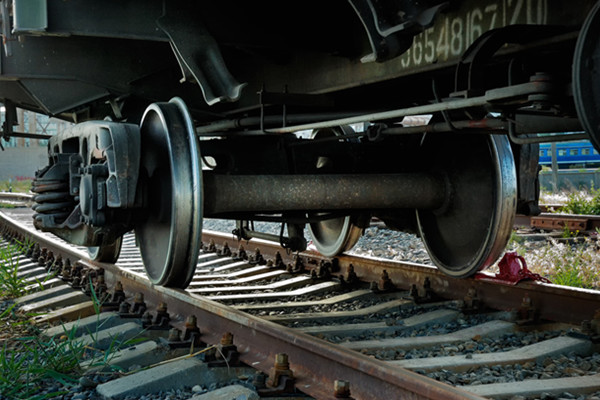
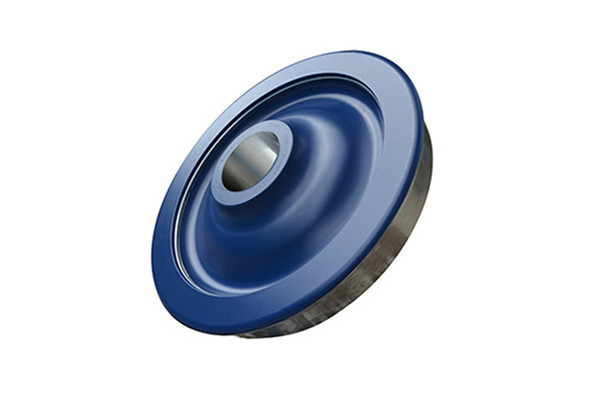
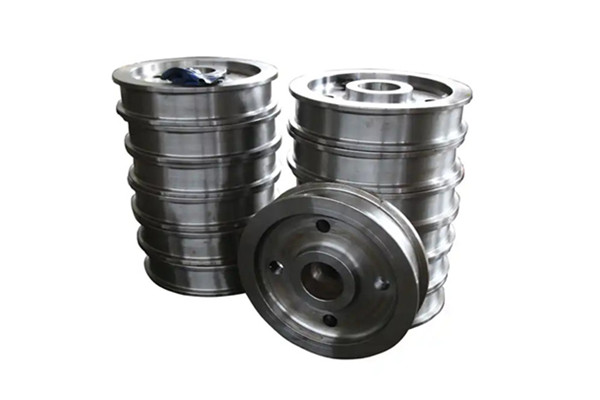
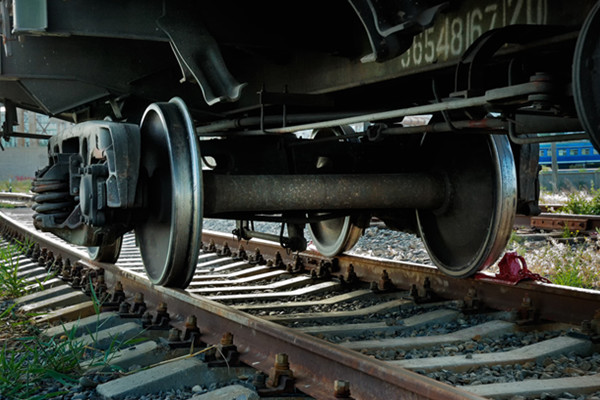
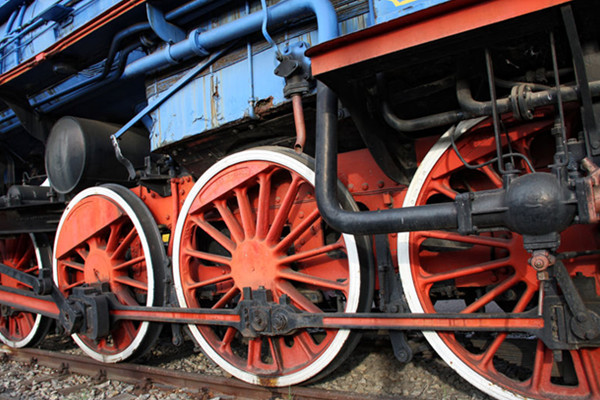
Drop Messages
Please contact us with any concerns or questions you have.